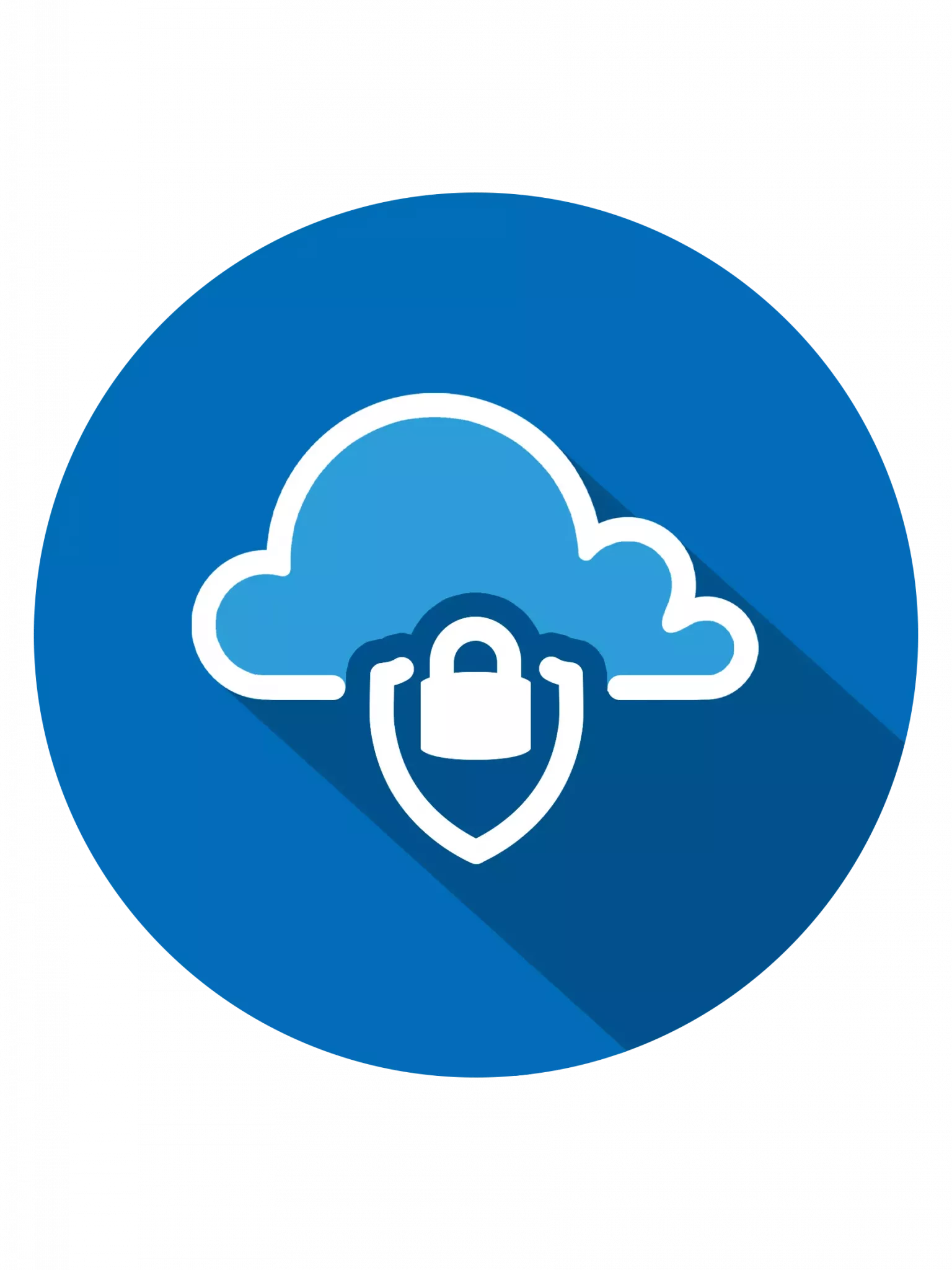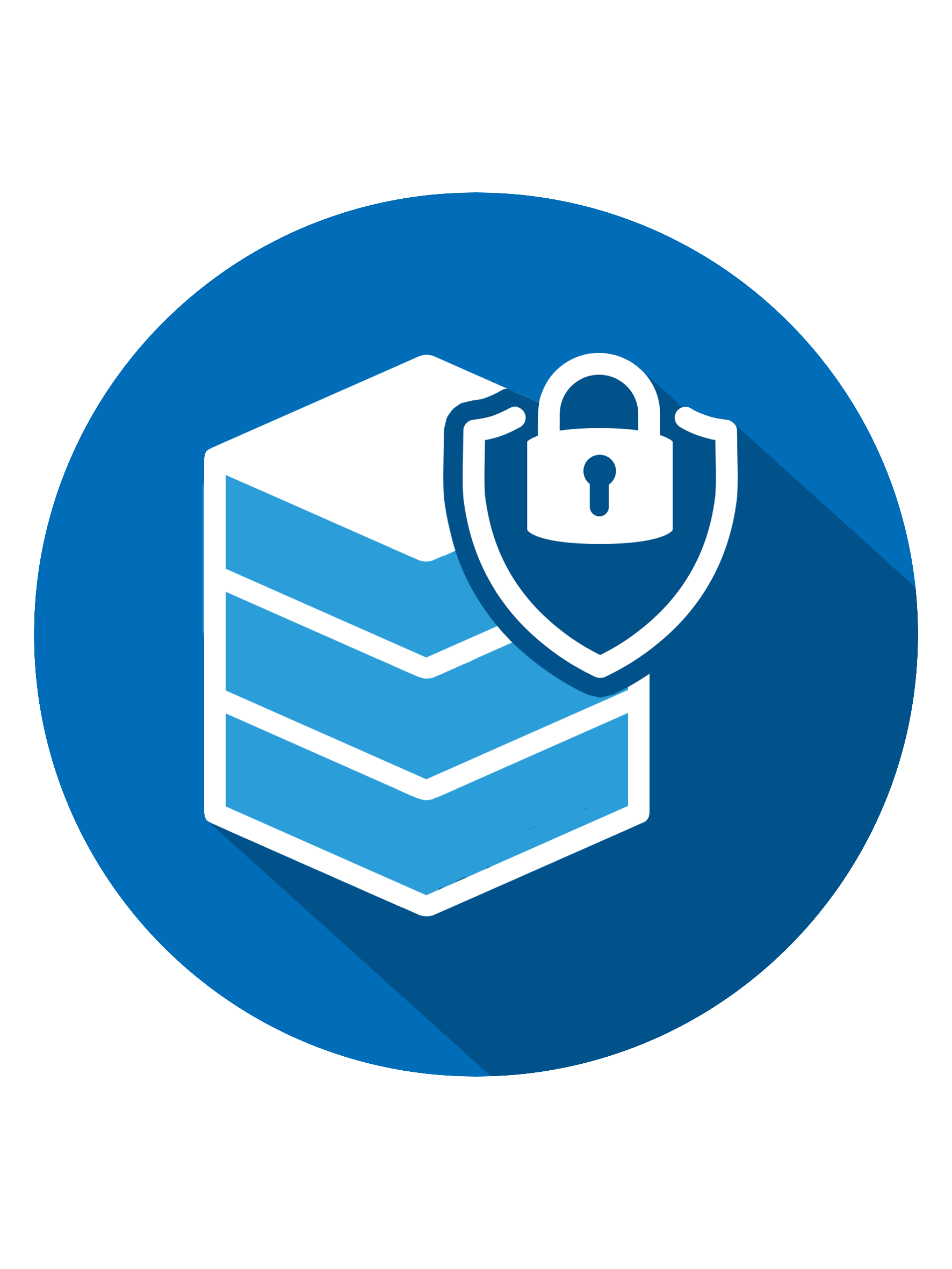SWG Secure Web Gateway
Deliver web security from the cloud, protecting cloud services, applications, websites, and data for any user, location, or device.
Introduction
A secure web gateway (SWG) protects users from web-based threats in addition to applying and enforcing corporate acceptable use policies. Instead of connecting directly to a website, a user accesses the SWG, which is then responsible for connecting the user to the desired website and performing functions such as URL filtering, web visibility, malicious content inspection, web access controls and other security measures.
SWGs enable organisations to:
- Block access to inappropriate websites or content based on acceptable use policies
- Enforce their security policies to make internet access safer
- Help protect data against unauthorised transfer

Enhanced Visibility. Real-time data and threat protection.
Our Secure Web Gateway solutions provide unrivaled visibility and real-time data and threat protection when accessing cloud services, websites, and private apps from anywhere, on any device. We understand the cloud and take a data-centric approach that empowers security teams with the right balance of protection and speed they need to secure their digital transformation journey.

Why choose SR Cloud Solutions?
SR Cloud Solutions has a 25-year track record of supplying managed security services to many organisations in different industries.
- The best technology – highest levels of accreditation with the world’s leading vendors such as Cisco, Zscaler and Netskope.
- Skills and expertise with a UK-based 24/7 Security Operations Centre (SOC).
- We are a Joscar accredited business which means we are certified to work with leading defense companies who require the highest standards of cyber security.
- We are experts in Cloud infrastructures such as Microsoft Azure so we can provide expert security consultancy on hybrid cloud environments and how best to secure and monitor those environments including Cloud Governance.
Book a meeting with one of our consultants to learn more about our Secure Web Gateway Solutions.
KEY FEATURES AND BENEFITS OF OUR SWG SOLUTIONS

Visibility and control
Achieve unmatched inline visibility and control of web traffic, including thousands of managed and unmanaged cloud services and apps.

Advanced data loss protection (DLP)
Use advanced DLP rules and policies to prevent data exposure and leaks across cloud services, apps, and web traffic.

Direct-to-internet coverage
Provide direct to internet access for remote offices with IPsec and GRE tunnels, plus remote and mobile users.

Multi-layer defenses
Prevent and detect a wide variety of threats leveraging cloud services and apps for multi-stage delivery that most defenses miss.

Advanced analytics and reporting
Synthesize and distill web activity into user site and page visits to help security teams focus on what they need for investigations.

SSL/TLS inspection at cloud scale
Use elastic on-demand cloud resources to inspect encrypted traffic, including TLS 1.3, natively at scale.
Join Other Leading Companies Who Trust SR Cloud Solutions







Frequently Asked Questions
A secure web gateway (SWG) is a security solution that prevents unsecured internet traffic from entering an organization’s internal network. It’s used by enterprises to protect employees and users from accessing or being infected by malicious websites and web traffic, internet-borne viruses, malware, and other cyberthreats. It also helps to ensure regulatory compliance.
According to Gartner, a secure web gateway must, at a minimum, include URL filtering, malicious code detection and filtering, and application controls for popular cloud applications such as Microsoft 365. More recently, Gartner identified CASB as a critical component of a security architecture based on the secure access service edge (SASE) framework.
An SWG is designed to block access to or from malicious websites and links. It enforces granular use policies and stops threats from accessing web applications by acting as a security gateway, and it does so by filtering web and internet traffic at the application level.
Firewalls and SWGs perform similar tasks, but they’re not one and the same. Firewalls review the contents of incoming packets and compare their findings against a signature of known threats at the network level only. SWGs operate at the application level, and they can block or allow connections or keywords according to an organisation’s web use policy.
Web gateways and proxies have key differences. A proxy server and a gateway both route traffic from a network to the internet, but a proxy server filters which connections are allowed, while a gateway doesn’t do any filtering. In this sense, a gateway more closely resembles a door to get to the internet, and a proxy server a wall that bars the inside of the network from being exposed to the internet.
The days of accessing data and applications solely through the corporate data center are over. Today, employees can work from just about any location, and they need to access applications from their laptops, smartphones, or other endpoint devices. The apps they access are in the cloud instead of your data center, which traditional network security controls are unable to secure.
Organisations that rely on such traditional infrastructure to secure internet-bound traffic must backhaul it over expensive MPLS links back to a legacy SWG in the data center. This slows the flow of traffic, resulting in frustrated and altogether less productive employees.
Moreover, these legacy solutions can’t provide adequate cybersecurity in today’s cloud-based landscape. Cybercriminals are launching new security threats by developing malicious code and attack methods at a blistering pace. With such high costs and time commitments required to update legacy hardware to stand up to new threats, many organisations don’t—or can’t—do the updates at all, leaving them vulnerable.
Work-from-anywhere and rapid SaaS adoption are increasing the need for cloud native security solutions. In addition to intrusion prevention, organizations need advanced threat protection, anti-malware, sandboxing, and data protection in the form of a cloud access security broker (CASB), data loss prevention (DLP) and cloud DLP, and browser isolation services. Plus, they need to be able to inspect all traffic, including SSL-encrypted traffic.
To effectively secure cloud resources, security solutions must be architected following Gartner’s secure access service edge (SASE) concept. Many of today’s proposed “cloud security services” are limited by their appliance-based architectures—particularly those that require significant compute resources, such as SSL decryption and inspection. Simply moving on-premises, hardware-based functions such as VPN to the cloud would be like putting thousands of DVD players in a cluster and calling it Netflix.
In short, only a cloud-based solution enables users to have identical protection and policy enforcement no matter where they connect from or where the cloud services they’re using are hosted.
SASE’s cloud-delivered architecture combines a host of different networking and security services into one platform, including DNS security, SWG, zero trust network access (ZTNA), and data loss/data leak prevention (DLP). Additionally, SASE pairs well with an SD-WAN and works for a variety of use cases:
- Reducing IT cost and complexity: An effective SASE solution is easy to deploy and manage as an automated cloud service, enabling digital transformation without the technical debt brought on by legacy architecture.
- Delivering a great user experience: SASE brings security policies close to the user to eliminate unnecessary backhauling, provide optimal bandwidth, and ensure low latency.
- Lowering risk: With SASE, all connections are inspected and secured in real time, no matter which user they are coming from, which app is being accessed, or which encryption method is being used.
Speak to one of our security EXPERTS
Our team is available for a quick call or video meeting. Let's connect and discuss your security challenges, dive into vendor comparison reports, or talk about your upcoming IT-projects. We are here to help.


